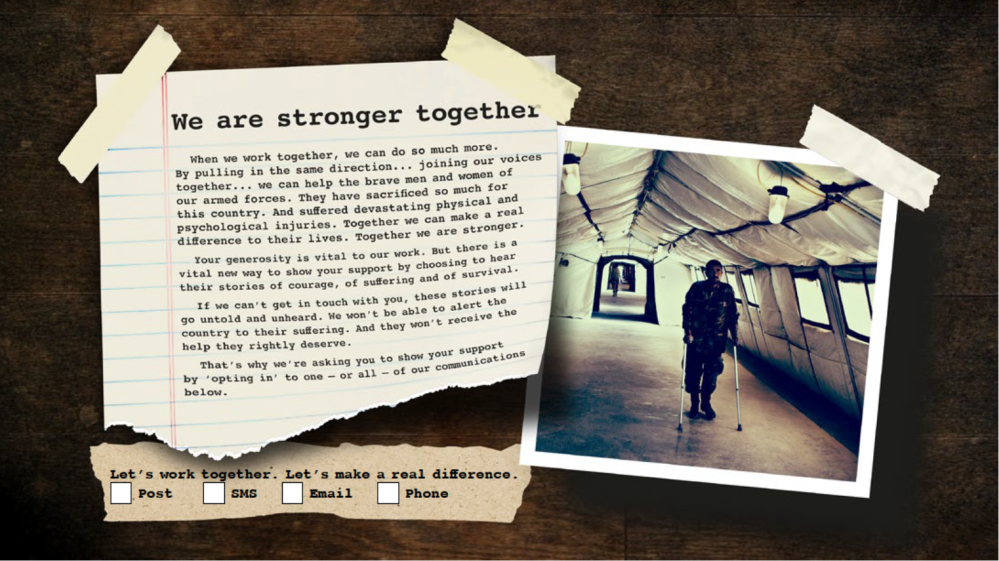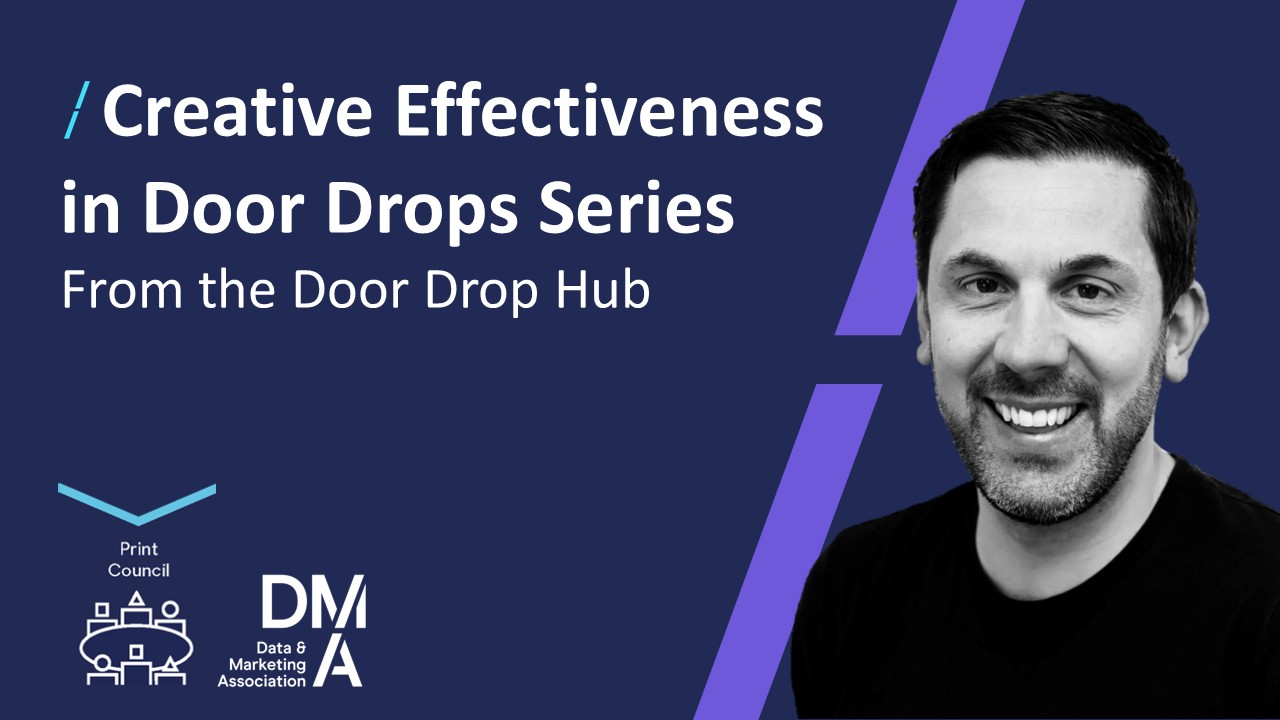Why great content can play a key role in gaining consent
31 Jul 2018

The chances are high that your inbox was flooded with privacy notices and opt-in requests from organisations you like, and some you don’t, ahead of GDPR implementation day in May.
There was certainly a scramble for consent ahead of the deadline with some brands even seeming to ask people for their communication preferences unnecessarily.
But now the date has passed, how should organisations view consent? Dan Martin, WPNC’s Digital Strategy Director, believes: “Consent is no longer just a compliance issue: it’s become a marketing challenge.”
In fact, post-GDPR consent offers organisations, from charities to commercial ventures, as much of an opportunity as a risk. If databases naturally dwindled as consumers were given the choice of opting out, there’s now a chance to rebuild those numbers.
The trick will be to use consent messaging creatively, rather than resorting to the anodyne, carbon-copy statements that appear in emails and on websites.
To assess the appetite of consumers for creatively led consent requests, WPNC and research partner Fastmap devised a survey built around several mock charity ‘adcepts’, devising both video and static-page versions.
Dan explains: “We were interested in trying to understand whether you can encourage people to give consent using advertising techniques, rather than treating it as a threat or a process. We wanted to prove that people would see the importance and appreciate the value of staying in touch with charities.”
Consent requests often appear towards the end of the consumer’s journey, for example just before or after a transaction is made. “There’s an argument to say it could happen much earlier in that journey,” says Dan. “If it’s only communicated at checkout for instance, the individual’s excitement is already waning, as it’s the functional rather than emotional part of their interaction.”
A fictional military charity, concerned with the welfare of people who had previously served in the forces, was created for the survey. Using WPNC’s wealth of insight into the third sector, propositions were developed that played more to a donor’s potential concerns about what data is used for “The choice is yours”, and a positive approach, “Stronger Together”.
People taking the survey were each shown one of four executions. They were asked to rate a range of factors such as how engaging, trustworthy and informative they were, and how likely the viewer was to give consent after seeing the adcept.
The “Stronger Together” video came out on top. There were also differences in likelihood to consent between people who were existing donors of either Help For Heroes or Royal British Legion.
The results point to the potential power of creative consent communications. Dan states: “The implications are that if organisations can find the right propositions to encourage consent, opt-ins can be boosted and the GDPR effect on database numbers reversed.
“But we also found that they will need to think very carefully about different executions for various segments of their audience. And that will mean investing in a number of rounds of testing to find the best routes to go down.”
It’s clear that consent has caused an issue for charities and other organisations. Fastmap research suggests that prior to GDPR, most only had permission to talk to 60% to 80% of their database, a figure which could drop to just 10% to 30% if regaining consent isn’t considered carefully.
“It’s a significant impact,” continues Dan. “The least likely group to give their consent is those aged 55-plus. That’s bad news for charities as it’s a key audience of potentially valuable donors.”
He concludes: “Consent is not a blanket approach. We’d like clients to talk to us about helping them design and test some different ways of intervening on their website to give a marketing-led lift to their consent.
“Lots of organisations think consent was ‘done’ after May. But we believe there’s an opportunity to encourage more individuals to give it. We want to be able to use persuasive techniques to get people to say they specifically want to hear about a charity’s cause, its news and receive requests for fundraising because the donor believes it’s important. Theoretically, that’s an amazing goal.”





Please login to comment.
Comments